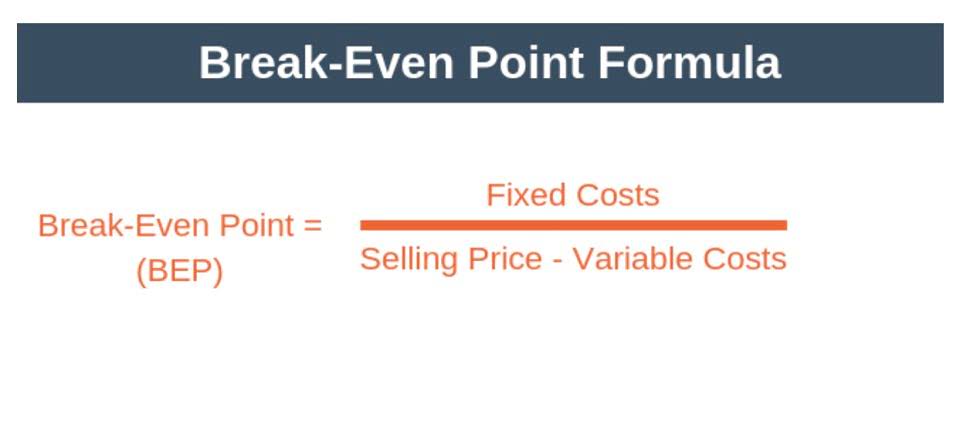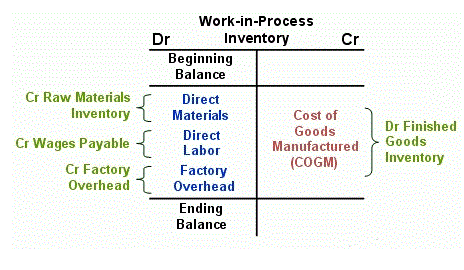
To analyze and optimize the operating cycle, businesses increasingly rely on a suite of technological tools that offer precision, speed, and insightful data analytics. The operating cycle is a fundamental concept in managing working capital and understanding the health of a business. It refers to the period from the initial investment in inventory to the time cash is collected from receivables. This cycle plays a pivotal role in determining the efficiency with which a company manages its operational resources and liabilities. A shorter operating cycle indicates a more efficient business, as it means the company is able to recover its investment and generate cash quickly. Conversely, a longer operating cycle can signal potential liquidity issues, as capital is tied up for longer periods without yielding returns.
Determine the Inventory Period
If keeping tabs on inventory feels like chasing your own tail or if sales aren’t turning into real money in your pocket quick enough, you’re not alone. The operating cycle is equal to operating cycle the sum of DIO and DSO, which comes out to 150 days in our modeling exercise. These measures, if adhered properly, would go a long way in minimizing not only the length of operating cycle period but also the firm’s working capital requirements. The Personnel manager by framing sound recruitment, selection, training, placement, promotion, transfer, wages, incentives and appraisal policies can contrast the length of operating cycle. The following table shows the data for calculation of the operating cycle of Apple Inc for the financial year ended on September 29, 2018.
The Financial Modeling Certification
Chartered accountant Michael Brown is the founder and CEO of Double Entry Bookkeeping. He has worked as an accountant and consultant for more than 25 years and has built financial models for all types of industries. He has been the CFO or controller of both small and medium sized companies and has run small businesses of his own.

Impact on a company’s relationship with its creditors
On the other hand, the purpose of the cash conversion cycle is to assess how fluently the cash flows in and out of business. Suppose a business has the following information about sales, cost of sales, inventory and accounts receivable. Conversely, negative cash flow indicates that a company is spending more cash than it is generating from its operations.
- Thus, several management decisions (or negotiated issues with business partners) can impact the operating cycle of a business.
- The operating cycle is vital to your business operations because it can help you determine the financial health of your company.
- After the closing entry is posted, the Dividends account is left with a zero balance and retained earnings is left with a credit balance of $1,857.
- When entries 1 and 2 are posted to the general ledger, the balances in all revenue and expense accounts are transferred to the Income Summary account.
- From misjudging customer creditworthiness to poor inventory management, these mistakes can have a ripple effect throughout the entire cycle.
Differences between operating cycle and cash cycle

After 4 years, the asset will likely be sold (journal entries related to the sale of plant and equipment assets are discussed in Chapter 8). An asset or liability account requiring adjustment at the end of an accounting period is referred to as a mixed account because it includes both a balance sheet portion and an income statement portion. The income statement portion must be removed from the account by an adjusting entry. At the end of an accounting period, before financial statements can be prepared, the accounts must be reviewed for potential adjustments. The unadjusted trial balance is a trial balance where the accounts have not yet Accounts Payable Management been adjusted.
Efficient management of an operating cycle is crucial for the sustainable growth and success of any business. We reached out to industry experts to gather their insights on how businesses can effectively manage their operating cycles. After the products or services are ready, the next step is sales and accounts receivable. Companies need to market their offerings, attract customers, make sales, and ensure timely payment collection to keep the cycle running smoothly. The Operating Cycle of a company refers to the time which is needed to complete all the steps in the manufacturing process.

An analyst would prefer a shorter cycle because it indicates that the business is efficient and successful. Besides, a shorter cycle also indicates that the company will be able to recover its investment fast and has adequate cash to meet its business obligations. You can reduce your operating cycle by speeding up the sale of inventory and reducing the time needed to collect accounts receivable. The cash conversion cycle uses elements of the operating cycle formula, but it’s a bit more involved.
Next comes interpreting what these numbers mean for a company’s cash flow and overall financial health. The Operating Cycle tracks the number of days between the initial date of inventory purchase and the receipt of cash payment from customer credit purchases. Abrupt changes in basic conditions would affect the length contribution margin of operating cycle. If you own a retail business, then the operating cycle doesn’t include any time for production.
